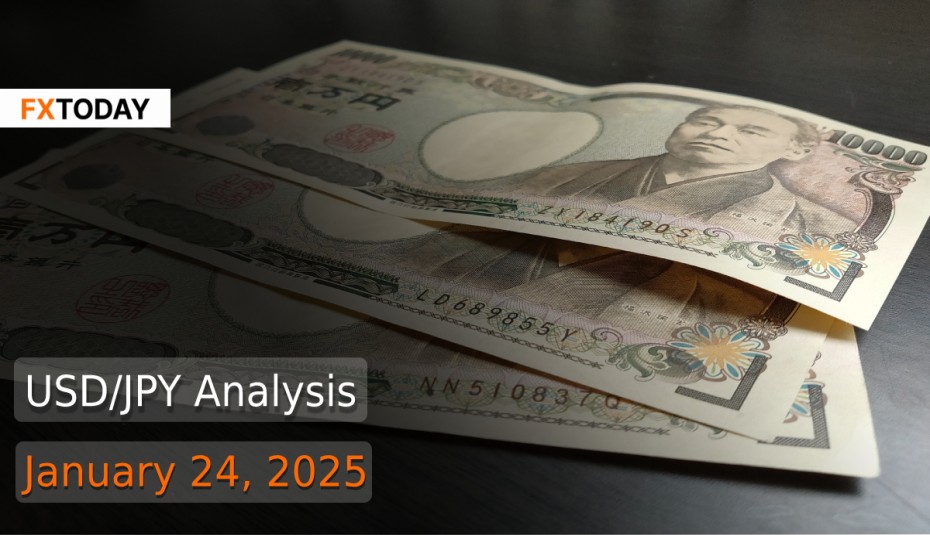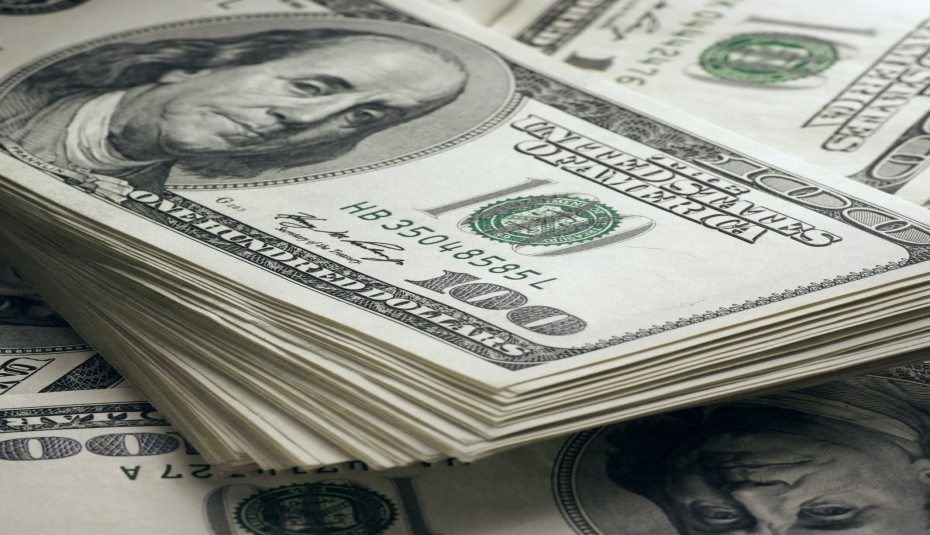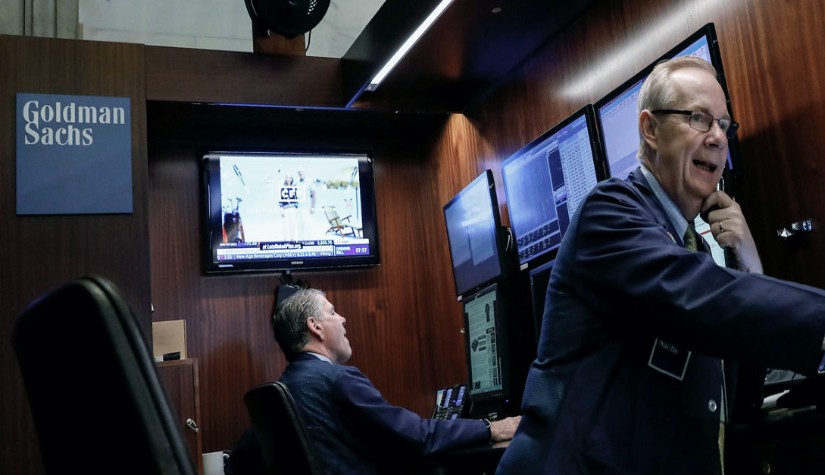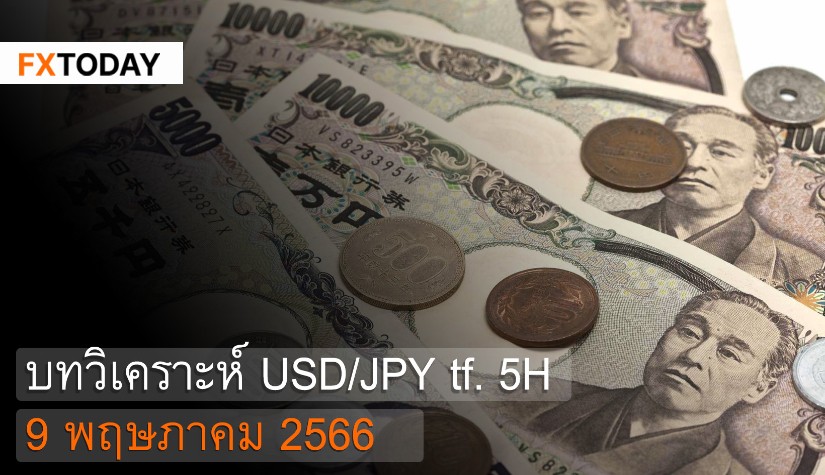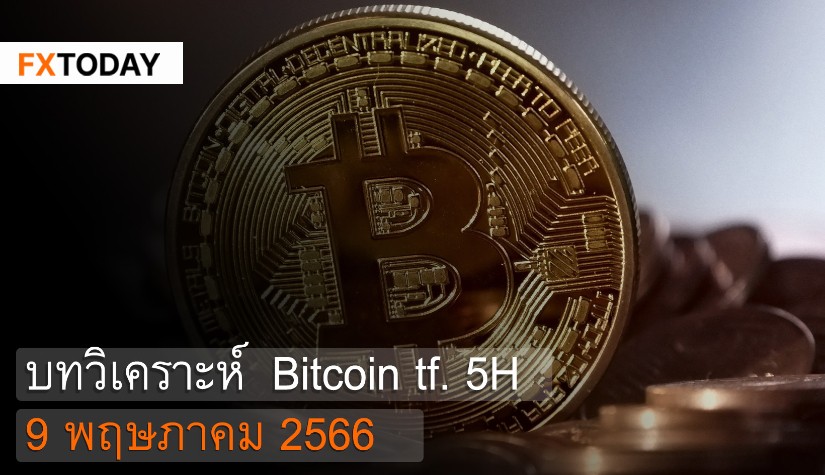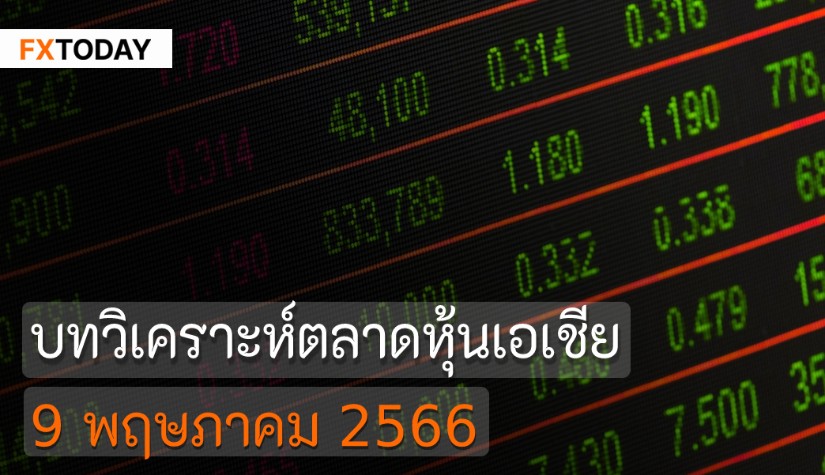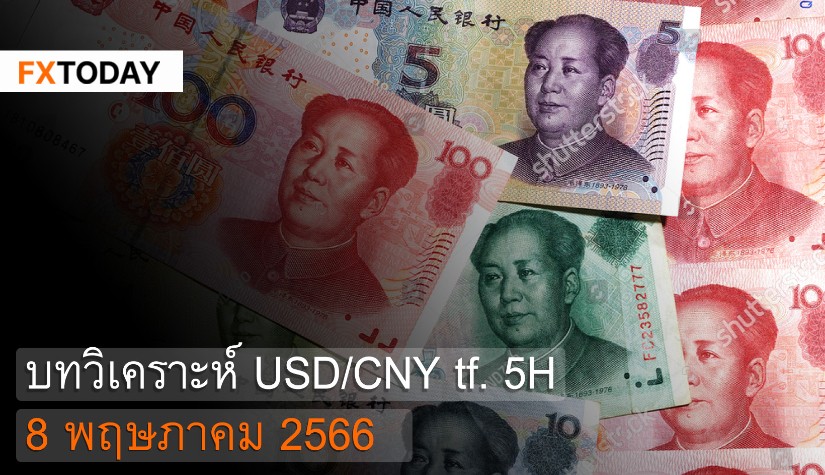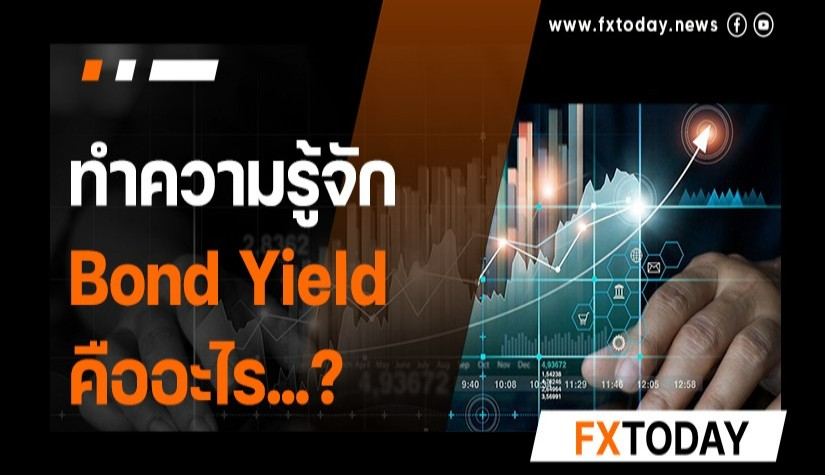BOJ Set to Raise Rates as Inflation and Wage Growth Drive Economic Recovery
The Bank of Japan (BOJ) is preparing to raise interest rates, with markets anticipating a 25-basis-point hike following its two-day policy meeting. Supported by inflation and wage data, analysts expect gradual rate increases potentially exceeding 1% by year-end, driven by a robust economic recovery and rising wages. Recent data indicates Japan's core consumer price index (CPI) climbed 3% year-on-year in December, marking a 16-month high and exceeding the BOJ’s 2% target for the fourth consecutive month. Inflation is fueled by private consumption, wage growth, and a weaker yen, creating a virtuous cycle supporting economic expansion. Upcoming wage negotiations for 2025 are expected to sustain this momentum, further advancing the BOJ’s policy normalization.
Japan’s labor market is undergoing significant transformation, with wage hikes driven by labor shortages and inflation, particularly in retail and service sectors. Unions are seeking increases of up to 7% for part-time workers, with large firms leading the trend, though smaller businesses face challenges absorbing rising costs. Policymakers view sustained wage growth as vital for maintaining higher inflation and enabling future rate hikes. Meanwhile, the services sector remains a pillar of strength, as indicated by a composite PMI of 51.1 in January, offsetting manufacturing contraction, where the PMI dropped to 48.8. Despite global trade challenges, strong domestic demand and capital investment signal optimism for Japan's economic trajectory, bolstered by ongoing labor and wage reforms.
Exports grew for the third consecutive month in December, driven by a weaker yen, although volumes declined amid global uncertainties. December exports rose 2.8% year-on-year, aided by chipmaking equipment shipments to Taiwan, while imports grew 1.8%, resulting in a trade surplus of 130.9 billion yen. However, exports to key trading partners like China and the U.S. declined, and Japan recorded its fourth consecutive annual trade deficit due to rising energy imports and sluggish domestic demand. Concerns about potential tariffs under U.S. President Donald Trump’s administration add to trade uncertainties, with Japanese firms adjusting strategies, including relocating operations to the U.S.
The BOJ’s anticipated rate hikes, aiming to reach 0.5%, represent the highest levels since the 2008 financial crisis and reflect sustained inflationary pressures. However, potential shocks from Trump’s trade policies or domestic political challenges could affect this trajectory. Japan’s government is also balancing fiscal recovery with managing public debt, which exceeds twice the size of its economy. Revised forecasts predict a budget deficit through 2025 despite efforts to achieve a surplus. Policymakers aim to mitigate the impact of higher borrowing costs and aging demographics on fiscal stability.
The U.S. dollar experienced volatility, with its index dropping 0.19% to 108.06. Earlier in January, the dollar climbed to a two-year high, fueled by expectations of U.S. tariffs and a resilient economy. However, uncertainty surrounding Trump’s tariff policies and his calls for lower interest rates weighed on the currency. U.S. liquidity continues to expand, with JPMorgan reporting a $2.2 trillion increase in money supply since May 2023, boosting equities but exposing vulnerabilities due to low investor cash allocations. Despite inflows into equities, limited evidence of hedging against volatility has led some investors to use dollar and gold options as safeguards.
Data for Technical Analysis (1H) CFD USD/JPY
Resistance : 155.45, 155.53, 155.67
Support : 155.17, 155.09, 154.95
1H Outlook
Source: TradingView
Buy/Long 1 If the support at the price range 154.97 – 155.17 is touched, but the support at 155.17 cannot be broken, the TP may be set around 155.51 and the SL around 154.87, or up to the risk appetite.
Buy/Long 2 If the resistance can be broken at the price range of 155.45 – 155.65, TP may be set around 156.35 and SL around 155.07, or up to the risk appetite.
Sell/Short 1 If the resistance at the price range 155.45 – 155.65 is touched, but the resistance at 155.45 cannot be broken, the TP may be set around 155.15 and the SL around 155.75, or up to the risk appetite.
Sell/Short 2 If the support can be broken at the price range of 154.97 – 155.17, TP may be set around 154.76 and SL around 155.55, or up to the risk appetite.
Pivot Points Jan 24, 2025 06:23AM GMT
|
Name
|
S3
|
S2
|
S1
|
Pivot Points
|
R1
|
R2
|
R3
|
|---|---|---|---|---|---|---|---|
| Classic | 154.79 | 154.95 | 155.15 | 155.31 | 155.51 | 155.67 | 155.87 |
| Fibonacci | 154.95 | 155.09 | 155.17 | 155.31 | 155.45 | 155.53 | 155.67 |
| Camarilla | 155.26 | 155.29 | 155.33 | 155.31 | 155.39 | 155.43 | 155.46 |
| Woodie's | 154.83 | 154.97 | 155.19 | 155.33 | 155.55 | 155.69 | 155.91 |
| DeMark's | - | - | 155.23 | 155.35 | 155.59 | - | - |
Sources: Investing 1, Investing 2

